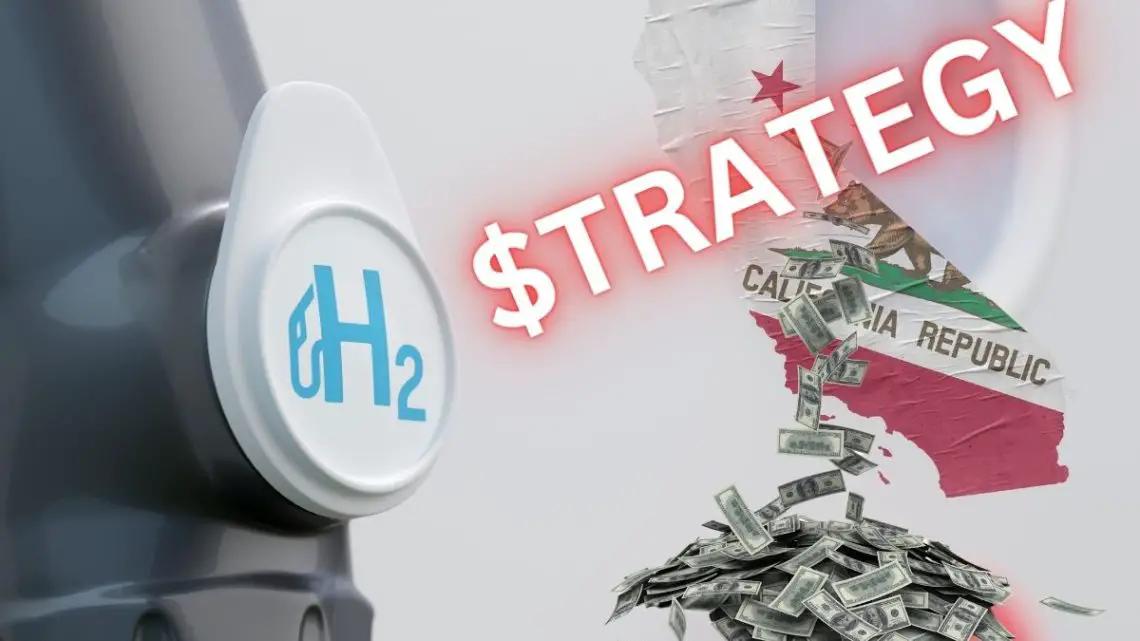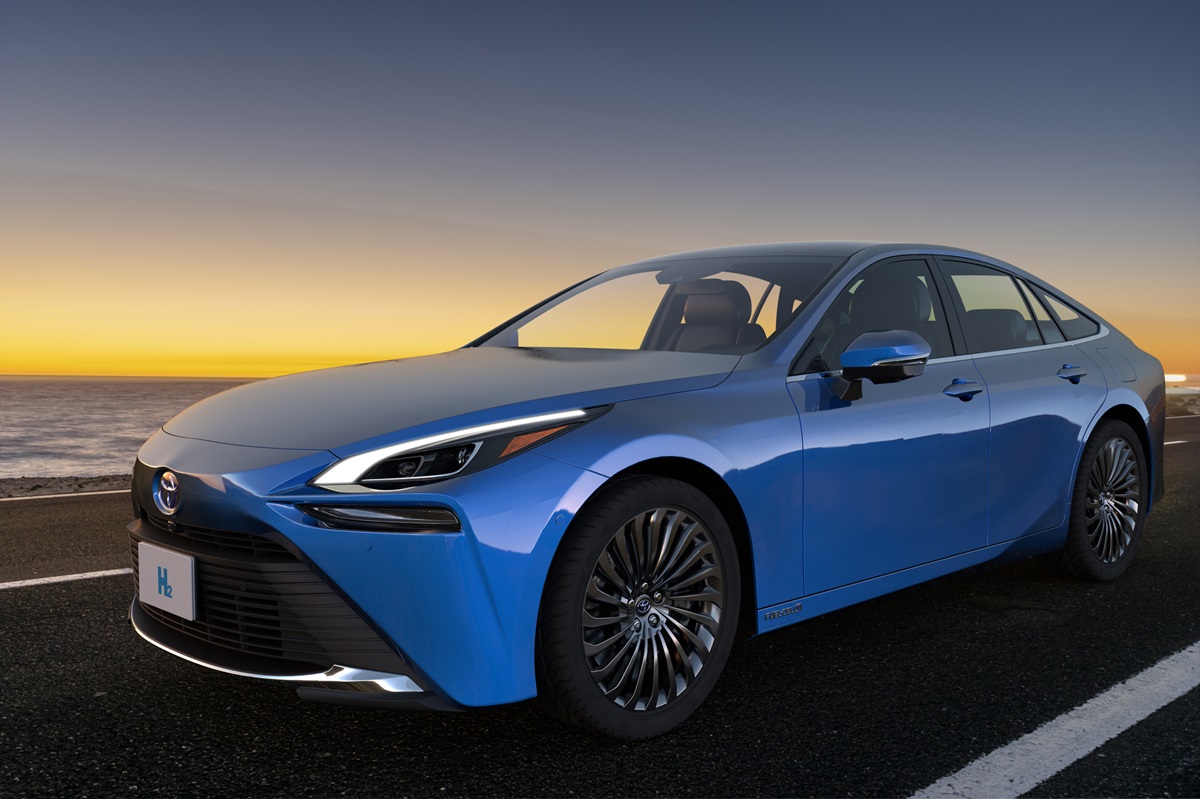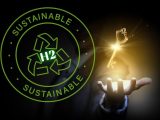
California’s hydrogen station strategy is proving expensive and inconvenient
April 11, 2024So far, the state’s $250 million investment into building out the network isn’t wowing H2 vehicle owners.
California has made a $250 million investment commitment to develop and expand a hydrogen station network to serve fuel cell vehicles traveling in the state.
Unfortunately, the result so far isn’t wonderful
The plan the state had for building out a hydrogen station network has been nicknamed the “hydrogen highway.” This was a 300-mile stretch of roads that would boast an adequate number of H2 pumps with quick refueling capabilities. The idea was to make refueling more available so that people and businesses interested in driving H2-powered vehicles would be able to realistically do so.
However, there have been a large number of substantial issues that have remained a barrier to using the hydrogen highway in a realistic and regular way.
Hydrogen station issues let H2 drivers down
Mary Nichols, former chief climate regulator of California had once been a champion of fuel cell cars. She was a part of the effort to roll out a better H2 network in the state and owned a Toyota Mirai. That said, she now drives a battery electric vehicle.

Credit: Photo by depositphotos.com
The former chair of the California Air Resources board had wanted to be able to continue sitting behind the wheel of an H2 car, but simply didn’t find it feasible in the current infrastructure environment.
“Right now, I don’t think it would be a good bet to assume that there’s going to be a big shift to hydrogen vehicles except for heavy-duty trucks, where being able to move a lot of weight is important,” said Nichols.
The hydrogen station network isn’t happening as planned
The plan to build refueling locations isn’t a new one. There had been efforts in the early 2000s, followed by legislation in 2013 to spend $20 million per year to finance 100 H2 stations. It was at this time that automakers with fuel cell vehicle options – Toyota, Hyundai and Honda – started selling or leasing those cars in California.
By 2018, more solid goals started being set. California Governor Jerry Brown committed to a 2025 target of 200 stations, pouring almost $257 million into the effort. That said, in this market, even investment funds sometimes weren’t enough.
For instance, in 2023, Shell Plc declined a state grant of $41 million for the purpose of building 50 more locations. The state then slashed its refueling network target to 130 stations by 2027. Two months ago, six of the seven hydrogen stations Shell did have in the state were closed down.
Reliability issues
There are still 66 public stations in California, but as drivers of H2-powered vehicles have experienced, this doesn’t mean that they are all available. Of that total, 12 have been offline for over 30 days. Moreover, others have been required to shut down on occasion due to supply or equipment issues.
Furthermore, even among the more reliable hydrogen fuel station locations, downtime is a regular challenge. For instance, on April 2, there were 16 closed stations of the 54 operational locations that had access to supply. This wasn’t because of problems but was because downtime is a regular occurrence necessary for the operation of these locations.
Battery electric vehicle drivers aren’t facing the same challenges
 At the same time, those H2 vehicle drivers have seen thousands upon thousands of charging stations opening up to serve plug-in battery electric vehicles. In fact, the state has more than 105,000 public charging stations, not to mention that many people can simply recharge from their own homes. In 2023, battery electric cars represented 21 percent of new passenger vehicle sales. The two top selling vehicles in California were the Model Y and Model 3 from Tesla.
At the same time, those H2 vehicle drivers have seen thousands upon thousands of charging stations opening up to serve plug-in battery electric vehicles. In fact, the state has more than 105,000 public charging stations, not to mention that many people can simply recharge from their own homes. In 2023, battery electric cars represented 21 percent of new passenger vehicle sales. The two top selling vehicles in California were the Model Y and Model 3 from Tesla.
Though many H2 car drivers absolutely love their vehicles, the refueling infrastructure isn’t making them practical or convenient at the moment. It will be interesting to see if those same people will return to their enthusiasm if a reliable refueling network is one day built.
Ready to test your knowledge on the most abundant element in the universe? Take our fun and engaging Hydrogen Quiz now! [forminator_quiz id=”58712″]



 With over 15 years of reporting hydrogen news, we are your premier source for the latest updates and insights in hydrogen and renewable energy.
With over 15 years of reporting hydrogen news, we are your premier source for the latest updates and insights in hydrogen and renewable energy.
Battery EVs increase emissions since the batteries are heavy and resist charging and discharging. Hydrogen can be produced from green methods and is much lighter, so much cleaner. People forget that most EVs actually are using coal for power.
At $36 a kilogram for hydrogen gas this is not the practical way to go, needs to be priced at $12 a kilogram to be competitive to a regular gas car. Also, the infrastructure will drive you crazy, do not know how much longer I can be inconvenienced driving my Mirai, starting to drive me crazy!
I am a Hydrogen Toyota Mirai Owner, the car is great. Do not know if it is practical though, price of hydrogen is $36 a kilogram, what a joke. On average to drive 200 miles will cost you $165, not sustainable you will go broke buying this gas. This same 200-mile trip in a regular gas car at $5 a gallon that gets 20 mpg will cost you $50, do the math! Toyota lied to me saying the price of hydrogen gas should go down in the future, one week after I bought my car it went from $24 a Kilogram to $36 a Kilogram (talk about price gouging).